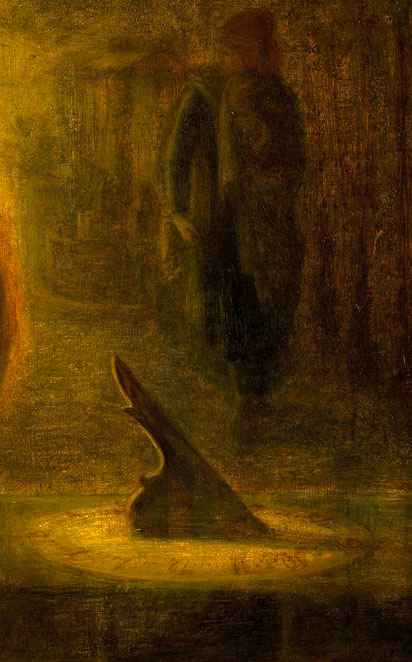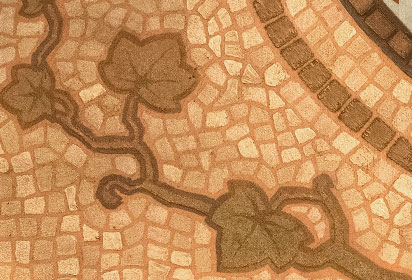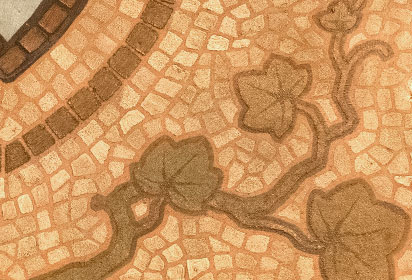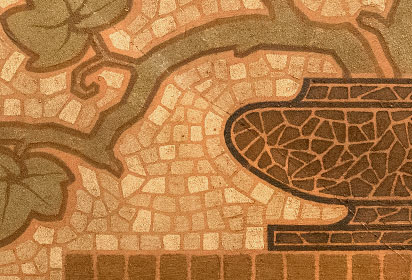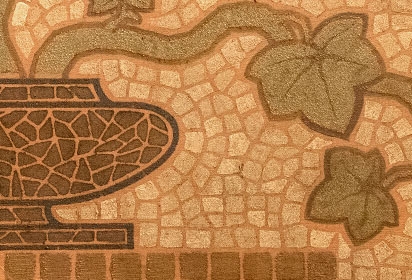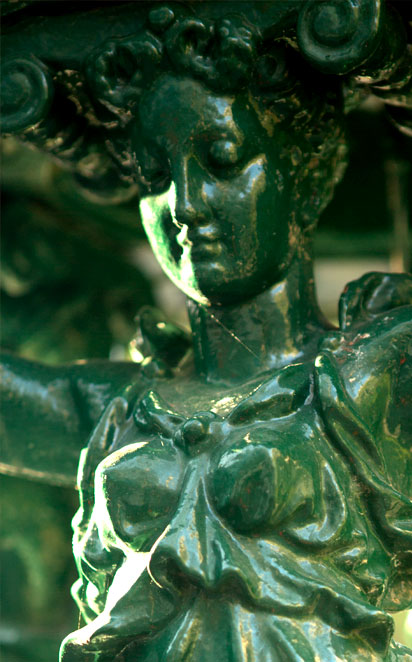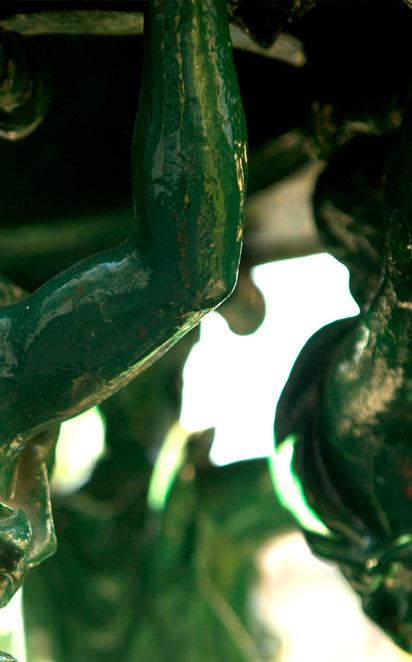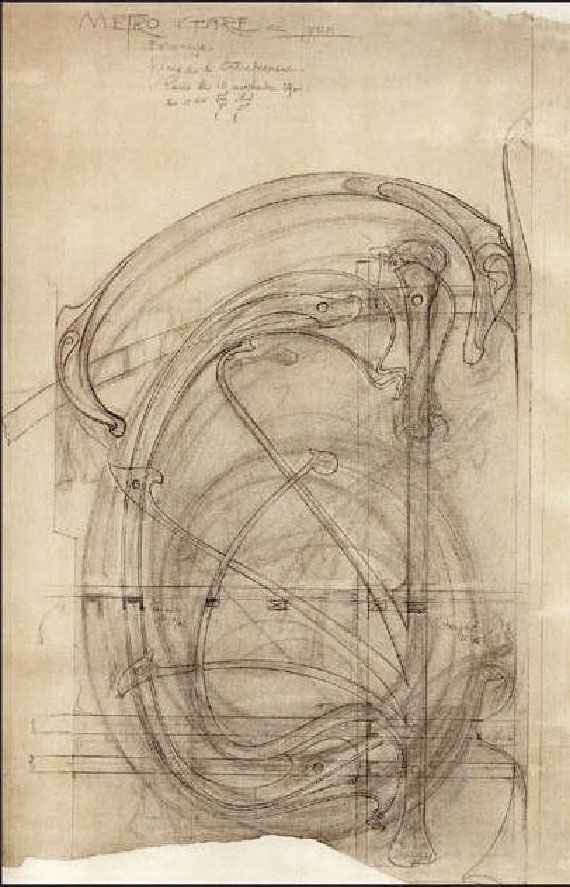Influences
A world of discoveries
Following his years in Montreal, Ozias Leduc returns to Saint-Hilaire. In 1896, he's awarded a commission for the decoration of the church by the parish priest, Magloire Laflamme, who firmly believes Leduc should travel to Europe in order to complete his apprenticeship. Thanks to an advance obtained on his contract, the young artist travels between May and December 1897. It's mostly in England and France that Leduc discovers the major European aesthetic trends, such as the Pre-Raphaelites, Art Nouveau and Symbolism.
Pre-Raphaelites
In London Leduc discovers the Pre-Raphaelites, an artistic movement eager to express the purity of medieval and Renaissance painters who preceded Raphael. It's in the middle of the 19th century that three young artists, Hunt, Millais and Rossetti, decide to create the Pre-Raphaelite Brotherhood in reaction to the academic conventions of that time. Sensitive to social issues and to nature, their art is colorful, charged with symbolism and literary references. A second generation of artists, dominated by Edward Burne-Jones and William Morris, applied these principles to decorative objects, furniture and illustrations. Ozias Leduc is particularly impressed by the works of Burne-Jones, with his imaginary characters and his scenes filled with mystery.
Symbolism and Art Nouveau
In Paris, Leduc discovers Symbolism, a French artistic movement of late 19th century. The Symbolists express spirituality, imagination and dreams through art's formal means such as form, space and colors. The subject of a work of art should be loaded with meaning that the viewer can interpret in his own way. Leduc finds in Symbolism a great source of inspiration.
He writes:
All art is symbolist. All art has to mean something. - Ozias Leduc
For Leduc, art needs to express a message that isn't necessarily easy to understand. The painting sometimes requires multiple readings.
The artist also assimilates in his work the principles of Art Nouveau with its curves and ornamentations inspired by plants. In turn, he uses these natural elements in his portraits, landscapes and religious paintings.
The movement is qualified as "nouveau" (new) from its desire to create a style that breaks with the past. Its proponents want to integrate art into people's daily lives whether through painting, architecture, ornamentation or decorative objects.
These new trends, breaking with the conventions of the time, have a definite influence on the artist. However, from the 1930s onwards, Leduc doesn't adhere to abstraction.
1897 European trip
Commentary by Louise Vigneault, Associate Professor at the University of Montreal, Faculty of Arts and Sciences - Department of Art History and Film Studies
Download in WebM format (1,3 Mb)
Download in MP4 format (18,3 Mb)
Leduc's influences
Commentary by Louise Vigneault, Associate Professor at the University of Montreal, Faculty of Arts and Sciences - Department of Art History and Film Studies
Download in WebM format (2,3 Mb)
Download in MP4 format (32 Mb)




